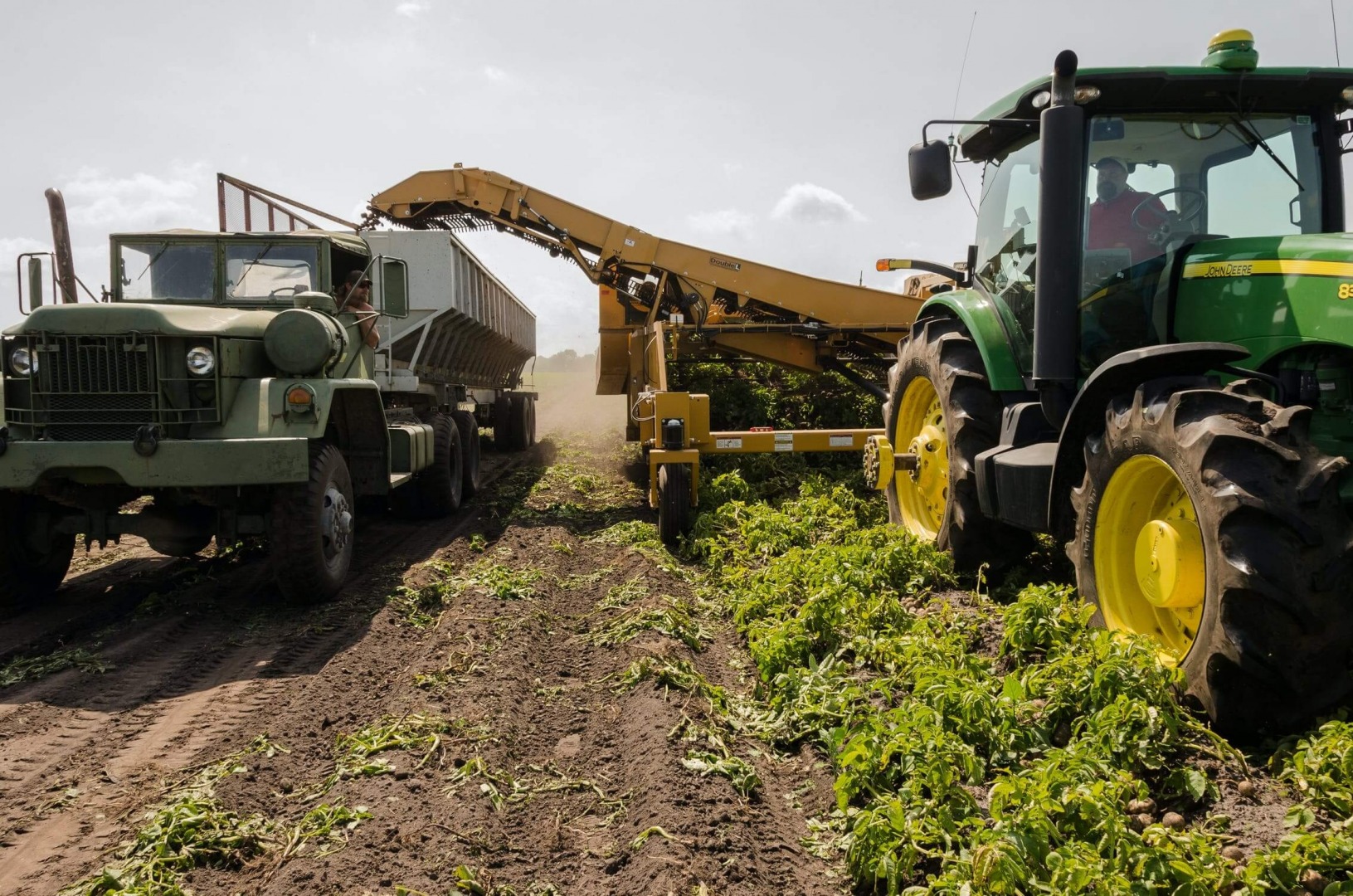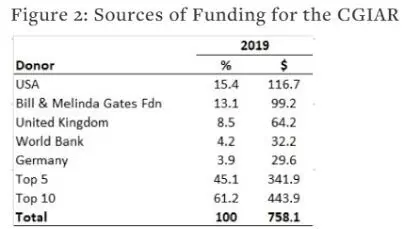Comments
- No comments found

For much of human history, a majority of people have worked in agriculture.
In the countries of sub-Saharan Africa, about half of all workers are currently in agriculture--more in lower-income countries.
The process of raising the overall standard of living requires a rise in agricultural productivity, so that a substantial share of workers can shift away from agriculture, and thus be able to work in other sectors of the economy. In turn, rises in agricultural productivity are typically driven by research and development, which has been lagging. Julian M. Alston, Philip G. Pardey, and Xudong Rao make the case in "Rekindling the Slow Magic of Agricultural R&D" (Issues in Science and Technology, May 3, 2021).
The authors discuss CGIAR, which stands for Consultative Group on International Agricultural Research. This system was started in 1971. The authors note: "The CGIAR was conceived to play a critical role, working in concert with national agricultural research systems of low- and middle-income countries, to develop and distribute farm technologies to help stave off a global food crisis. The resulting Green Revolution technologies were adapted and adopted throughout the world, first and foremost in South Asia and parts of sub-Saharan Africa and Latin America where the early centers of the CGIAR were located. In 2019 the CGIAR spent $805 million on agricultural R&D to serve the world’s poor, down by 30% (adjusted for inflation) from its peak of over $1 billion in 2014 ... "
For perspective, total public and private spending by low-income countries on agricultural R&D is roughly equal to what is spent through CGIAR. The payoff from this spending has been on the order of 10:1.
The CGIAR research record has been much studied, but questions remain about the past and prospective payoffs to the investment. Similar questions have been raised about public investments in the agricultural research systems of various nations—particularly those of poor countries that receive substantial development aid from richer countries. To address those questions, we conducted a comprehensive meta-analysis of more than 400 studies published since 1978 that looked at rates of return on agricultural research conducted by public agencies in low- and middle-income countries. Of that total, 78 studies reported rates of return for CGIAR-related research and 341 studies reported rates of return for non-CGIAR agricultural research. (Full details of the meta-analysis are online at supportagresearch.org.) ...
Across 722 estimates, the median ratio of the estimated research benefits to the corresponding costs was approximately 10:1 for both the CGIAR (170 estimates) and national agricultural research systems of developing countries (522 estimates). In other words, $1 invested today yields, on average, a stream of benefits over future decades equivalent to $10 (in present value terms). ... Notably, all these estimated benefits accrued in developing countries, home to the preponderance of the world’s food poor. And yet, rich donor countries also reap benefits by adopting technologies developed by CGIAR research—“doing well by doing good.” For example, the yield- and quality-enhancing traits bred into new wheat and rice varieties destined for developing countries are also incorporated into most varieties used by rich-country farmers.
But as noted earlier, CGIAR funding is down 30% in the last few years. Also, I was surprised to notice that the Gates Foundation alone is more than one-eighth of then entire CGIAR budget.

We are talking here about quantities measured in hundreds of millions of dollars--not even a single billion, much less the trillions that are being discussed in various pandemic-relief programs. The benefits of agricultural R&D seem enormous, but the world is not stepping up to the opportunity.
Timothy Taylor is an American economist. He is managing editor of the Journal of Economic Perspectives, a quarterly academic journal produced at Macalester College and published by the American Economic Association. Taylor received his Bachelor of Arts degree from Haverford College and a master's degree in economics from Stanford University. At Stanford, he was winner of the award for excellent teaching in a large class (more than 30 students) given by the Associated Students of Stanford University. At Minnesota, he was named a Distinguished Lecturer by the Department of Economics and voted Teacher of the Year by the master's degree students at the Hubert H. Humphrey Institute of Public Affairs. Taylor has been a guest speaker for groups of teachers of high school economics, visiting diplomats from eastern Europe, talk-radio shows, and community groups. From 1989 to 1997, Professor Taylor wrote an economics opinion column for the San Jose Mercury-News. He has published multiple lectures on economics through The Teaching Company. With Rudolph Penner and Isabel Sawhill, he is co-author of Updating America's Social Contract (2000), whose first chapter provided an early radical centrist perspective, "An Agenda for the Radical Middle". Taylor is also the author of The Instant Economist: Everything You Need to Know About How the Economy Works, published by the Penguin Group in 2012. The fourth edition of Taylor's Principles of Economics textbook was published by Textbook Media in 2017.
Leave your comments
Post comment as a guest